Updated2 mins Ago
The president threatened additional 50 percent tariffs on China if it didn’t withdraw its retaliatory tariffs by April 8. Beijing has rejected the demand.
| Published Apr 08, 2025 | Updated Apr 08, 2025


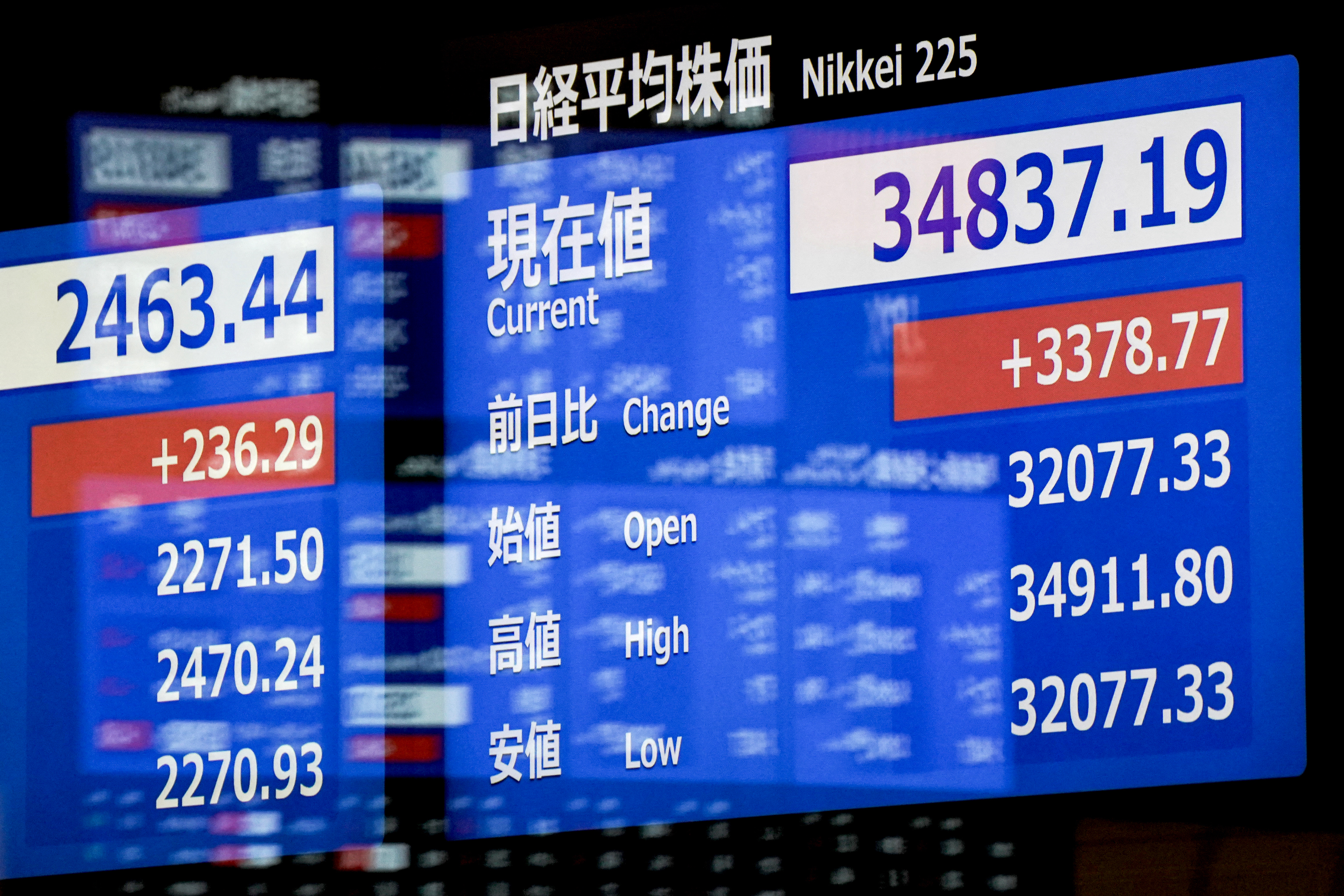
An electronic quotation board displays share prices on the Tokyo Stock Exchange in Tokyo on Aug. 6, 2024. Kazuhiro Nogi/AFP via Getty Images
Shares around the world broadly recovered on Tuesday as markets calmed from the panic after U.S. President Donald Trump’s tariff announcements.
The gains led off in Tokyo where the Nikkei 225 rose to just over 6 percent, closing at 33,012.58, coming off a few days of steep sell-offs.
Comparatively, Chinese markets saw a modest increase after the nation’s sovereign wealth funds stepped in to buy shares, with the CSI300 adding 1.7 percent.

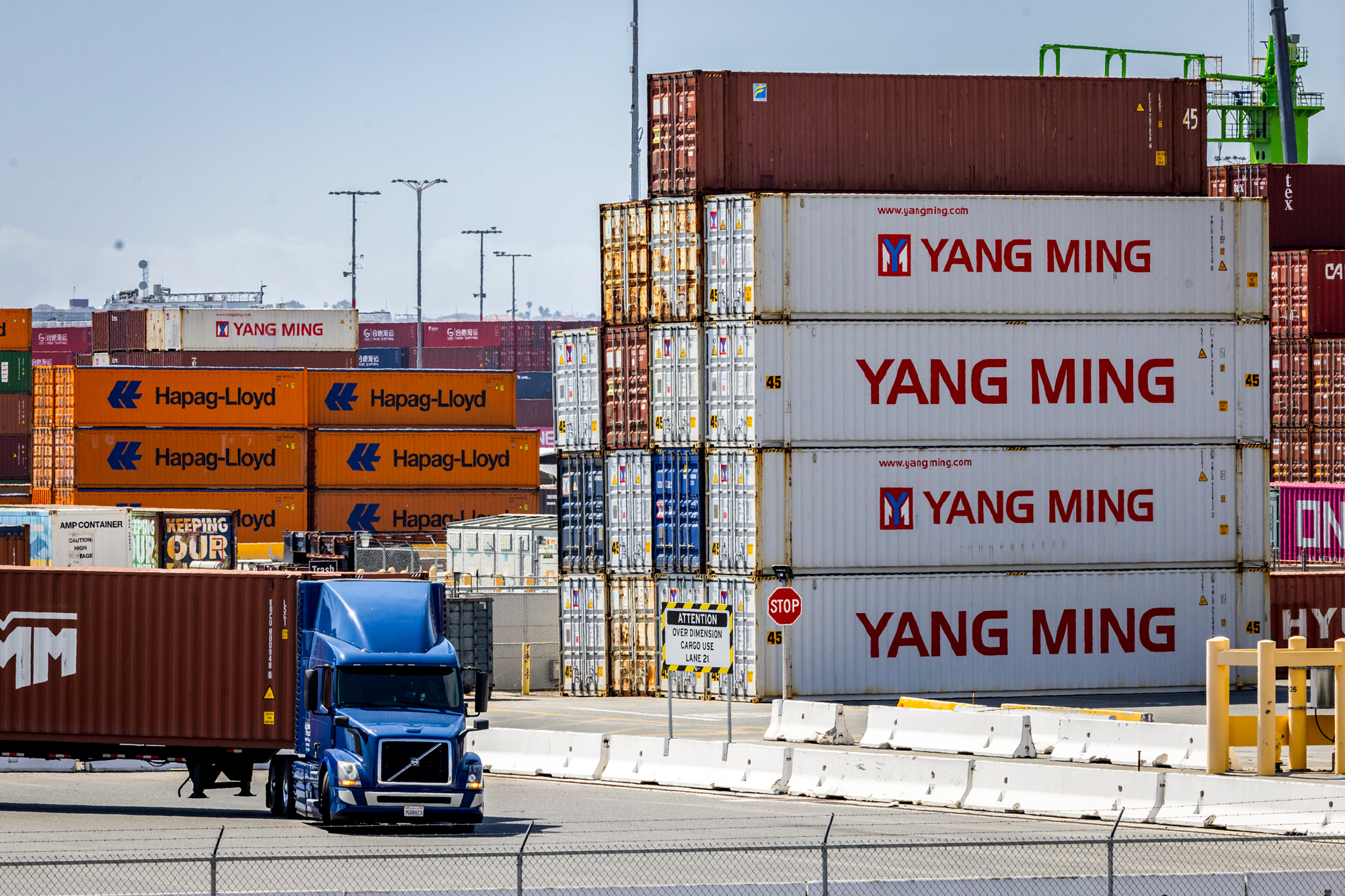
Shipping containers line the Port of Los Angeles on March 28, 2025. John Fredricks/The Epoch Times
President Donald Trump’s sweeping tariffs on various countries aim to close trade loopholes that China has used to bypass duties, particularly through transshipment, in which goods are exported via a third country, according to American columnist and author Gordon Chang.
Chang, author of “The Coming Collapse of China,” said in an interview with The Epoch Times on April 7 that Beijing uses the transshipment method to avoid U.S. tariffs that would apply to Chinese exports.
Under this method, Beijing will ship its goods to the United States through another country and change the bill of lading to indicate they came from that country, he stated.


European Commission President Ursula von der Leyen at a press conference at the EU Commission headquarters in Brussels on April 7, 2025. Nicolas Tucat/ AFP
EU Commission President Ursula von der Leyen has called on China to ensure a “negotiated resolution” to tariffs imposed by U.S. President Donald Trump.
A phone call took place with Chinese Premier Li Qiang on April 8, which von der Leyen said was in response to “the widespread disruption caused by the U.S. tariffs.”
In a published readout of the call, she said that she stressed the “responsibility of Europe and China, as two of the world’s largest markets, to support a strong reformed trading system, free, fair and founded on a level playing field.”

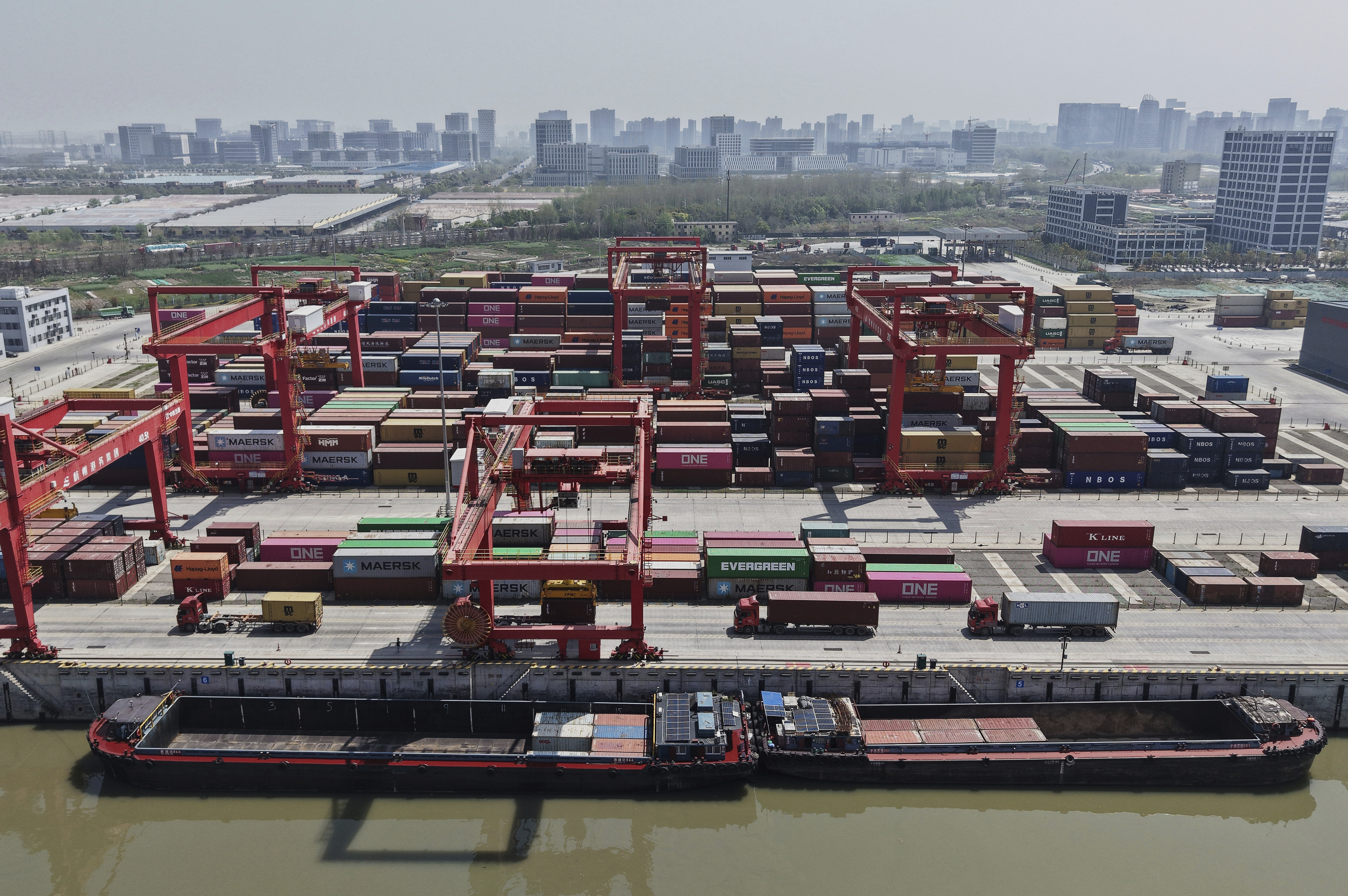
An aerial view of Xiasha Container Terminal on a canal in Hangzhou in east China's Zhejiang province on April 6, 2025. Chinatopix Via AP
Beijing on Tuesday criticized President Donald Trump’s threat to impose an additional 50 percent tariff on Chinese imports in response to China’s retaliatory measures against the U.S. reciprocal tariffs.
The Chinese Commerce Ministry said it would be a mistake if Trump proceeds with the extra tariffs and vowed to “fight to the end” to protect its interests.
The ministry added that it will not accept Trump’s demands and called on the U.S. government to rescind its tariff measures against China, according to its statement.

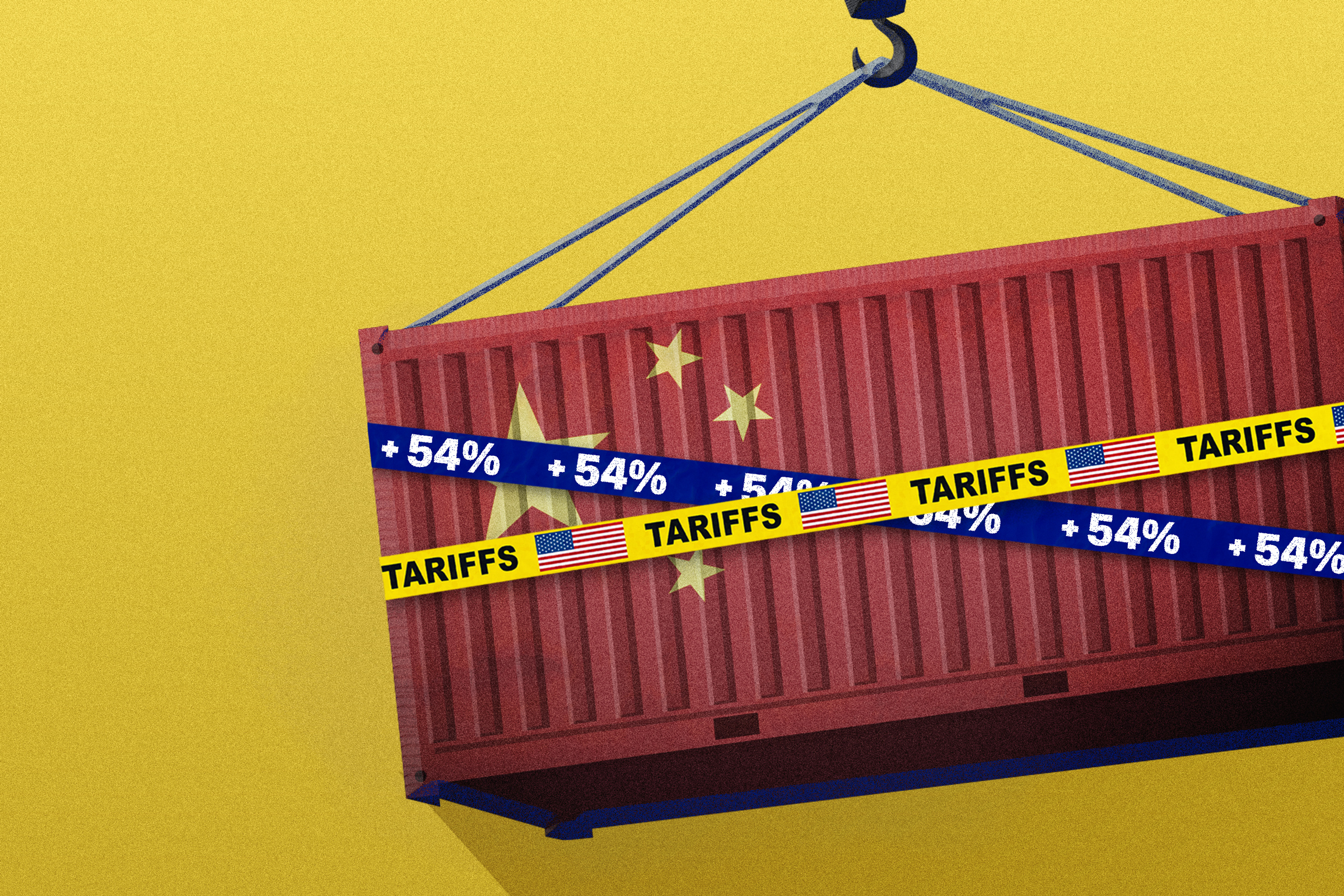
Illustration by The Epoch Times, Getty Images
News Analysis
As reciprocal tariffs on U.S trading partners are set to take effect on Wednesday, President Donald Trump has focused much of his attention on the Chinese regime.
In response to Trump announcing 34 percent in new tariffs on China—bringing total additional U.S. tariffs to 54 percent—Beijing responded with incremental 34 percent tariffs on U.S. goods, becoming the first country to retaliate.

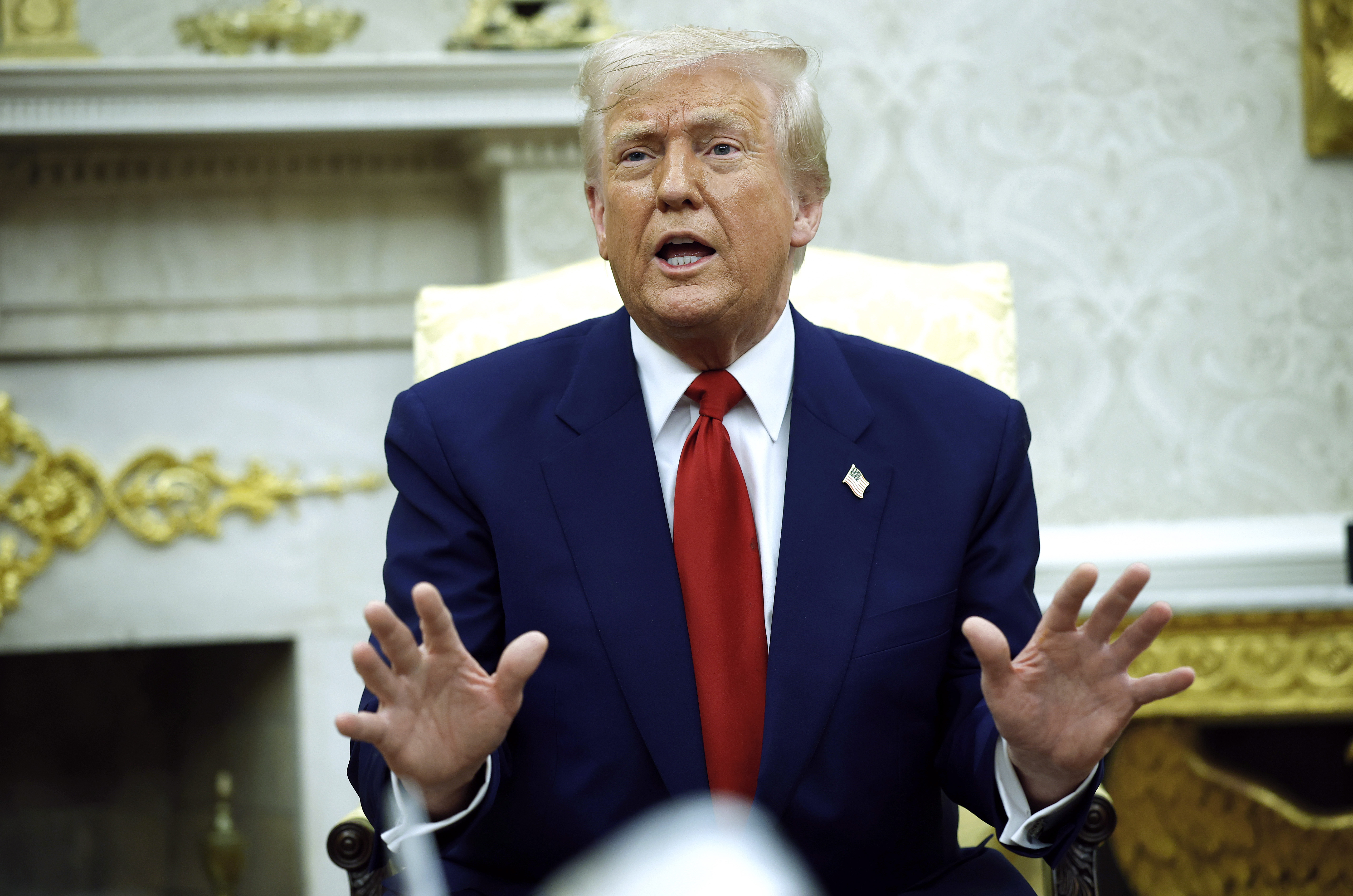
President Donald Trump answers a reporters question during a meeting with Israeli Prime Minister Benjamin in the Oval Office of the White House on April 7, 2025. Kevin Dietsch/Getty Images
U.S. President Donald Trump said late on April 7 that the European Union would need to buy $350 billion worth of American energy to secure relief from tariffs.
Trump was responding to European Commission President Ursula von der Leyen, who said earlier on Monday during a news conference in Brussels that the EU was ready to negotiate a “zero-for-zero” tariff pact on industrial goods.
Asked by a reporter at the White House whether the offer was enough for him to back down on 20 percent duties on imports, Trump said: “No, it’s not.”

 2 months ago
4
2 months ago
4
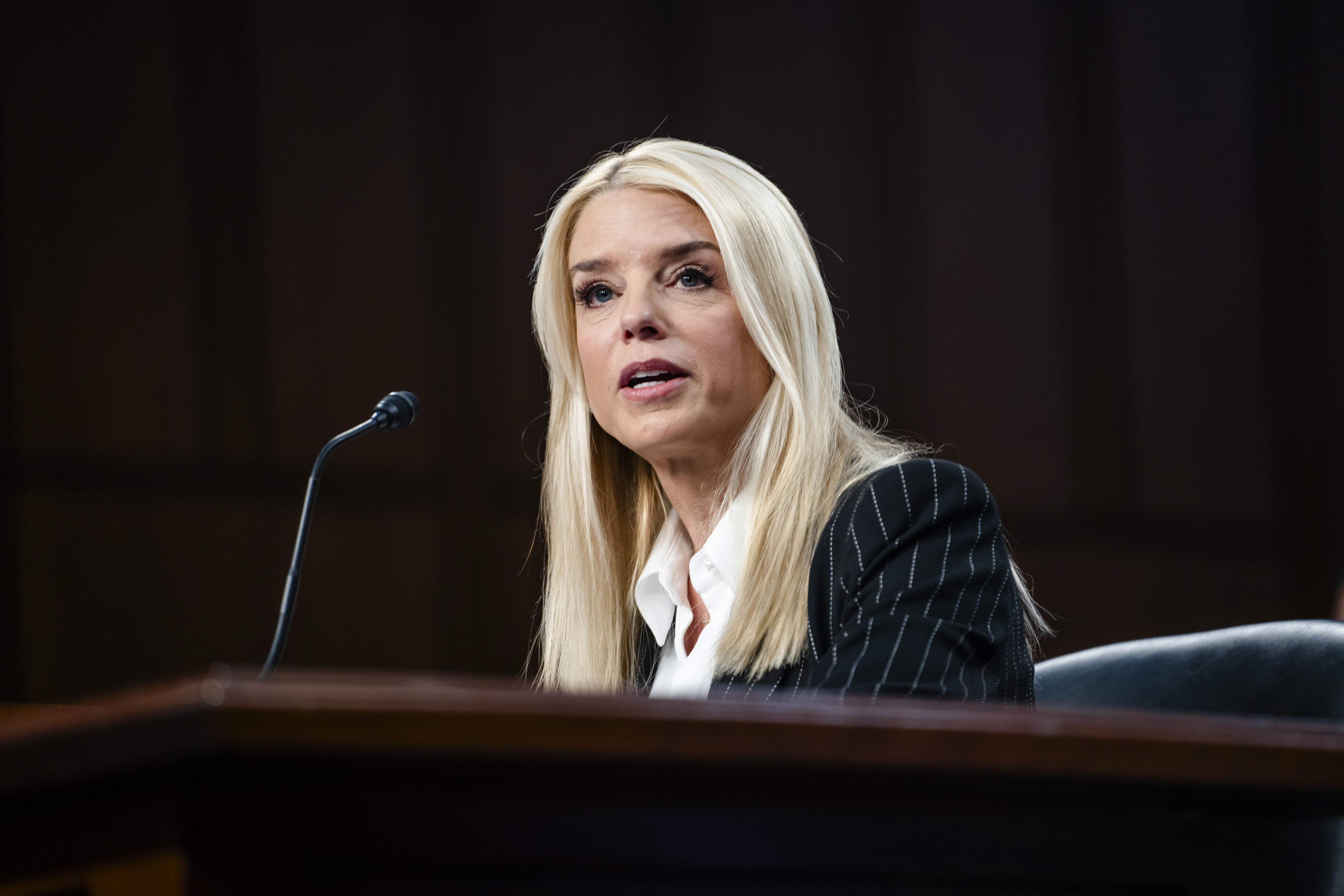
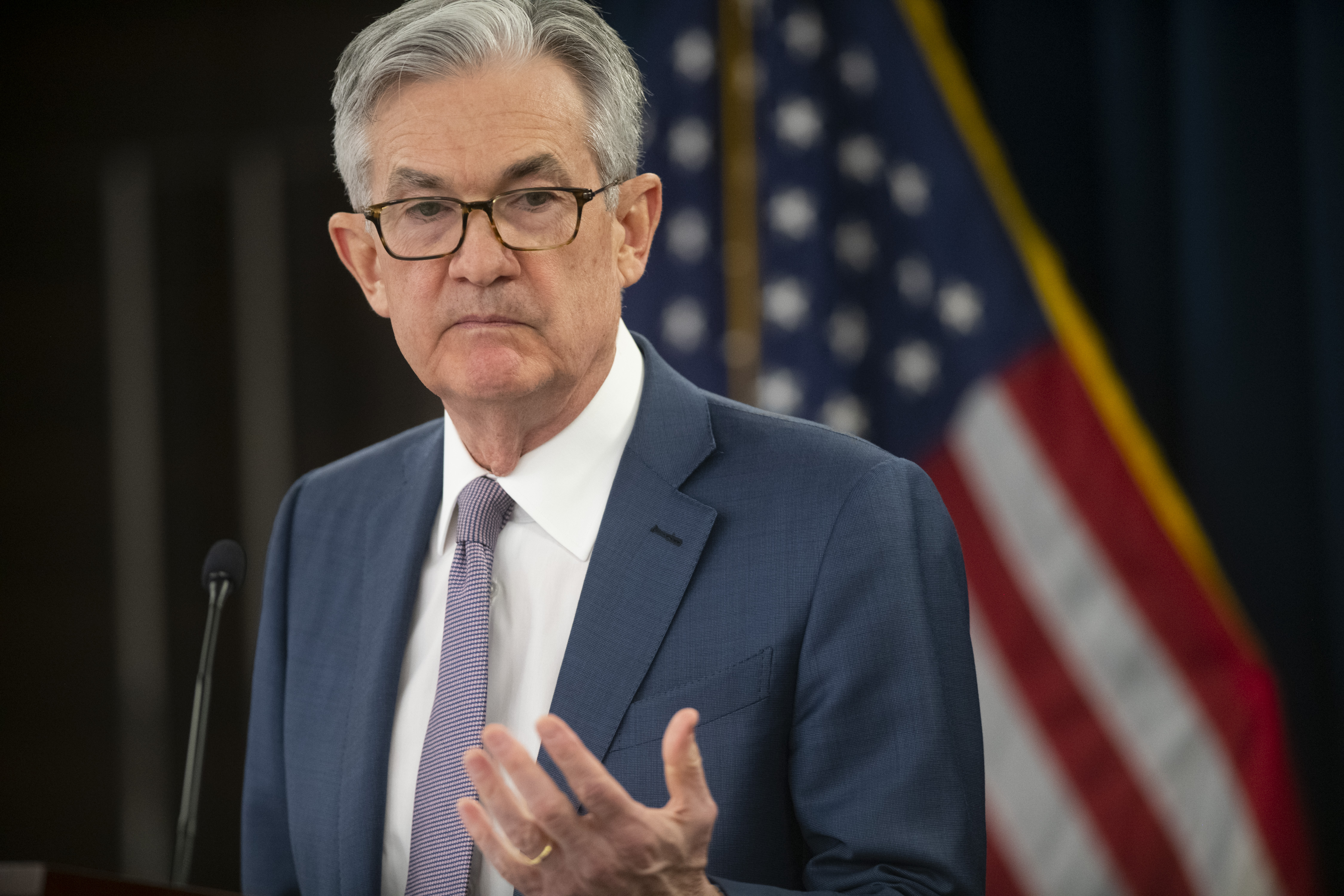
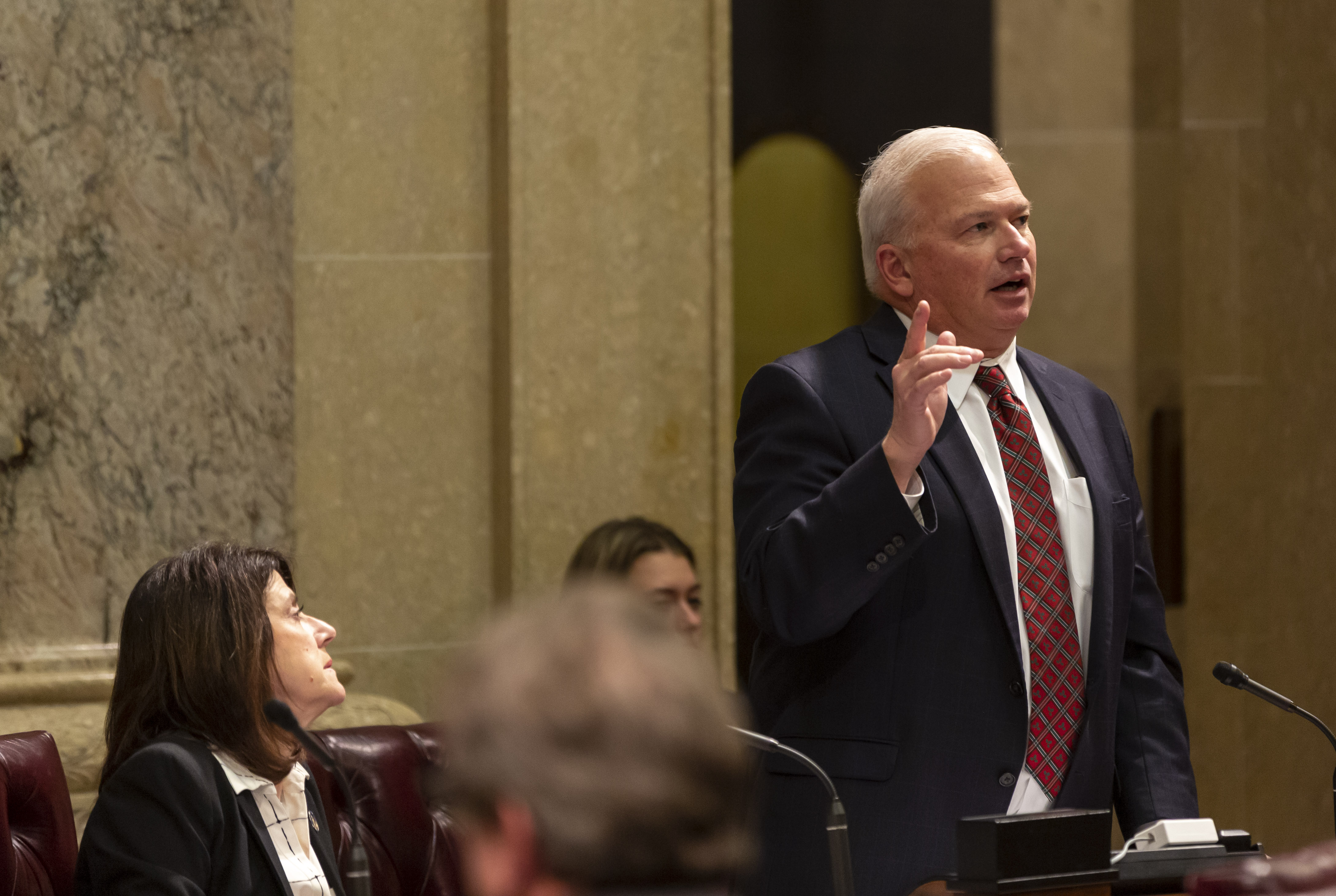





 English (US) ·
English (US) ·